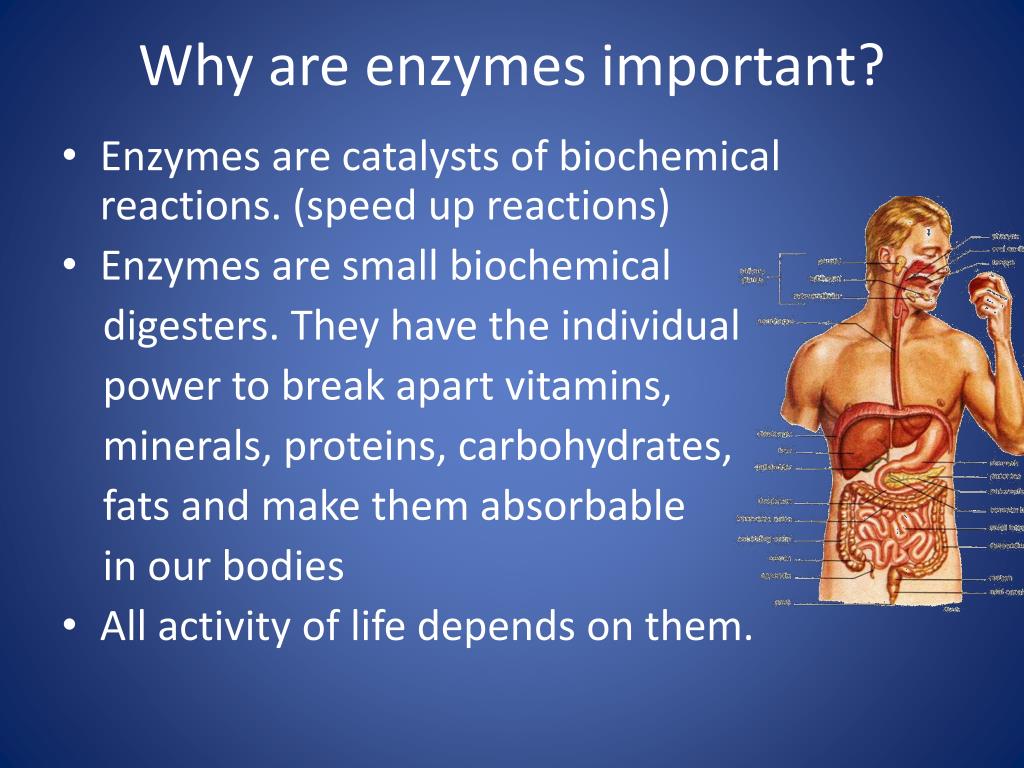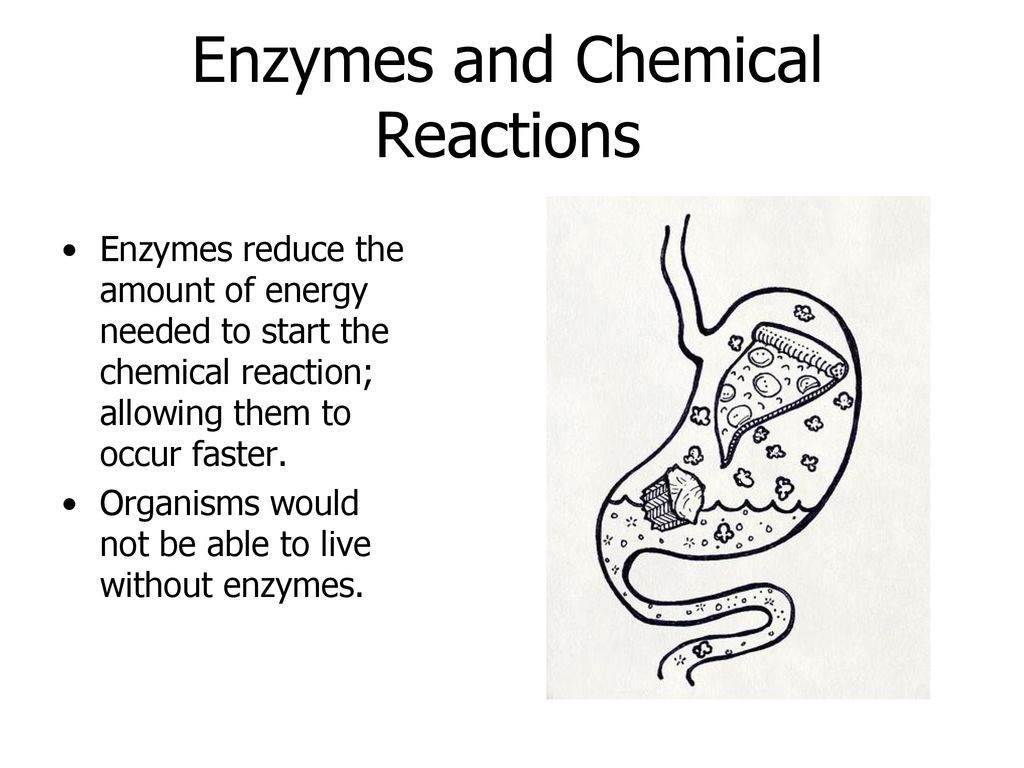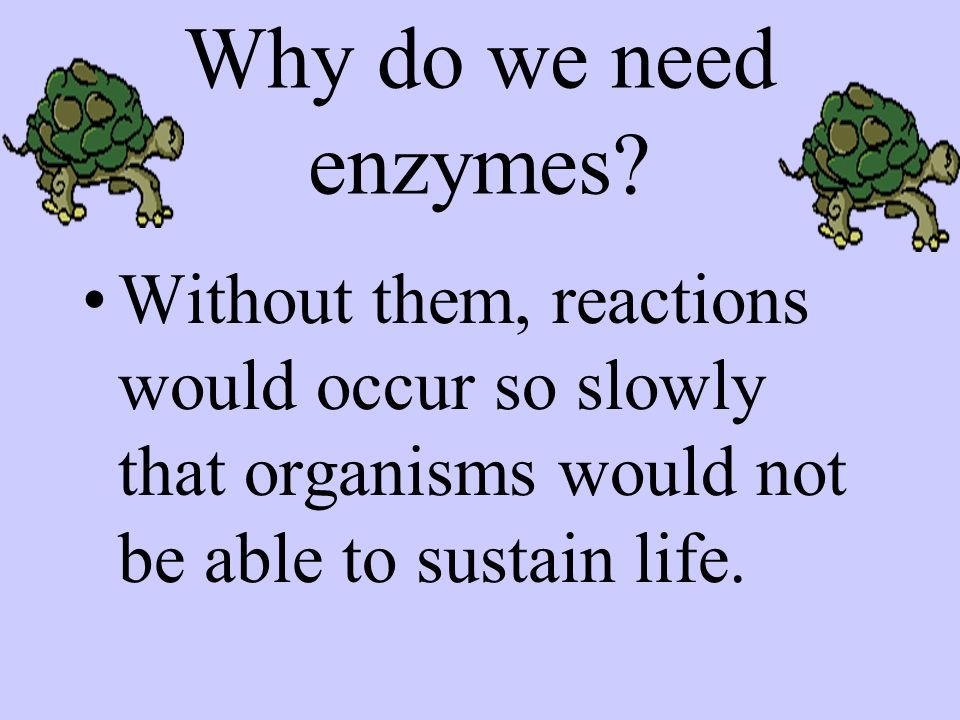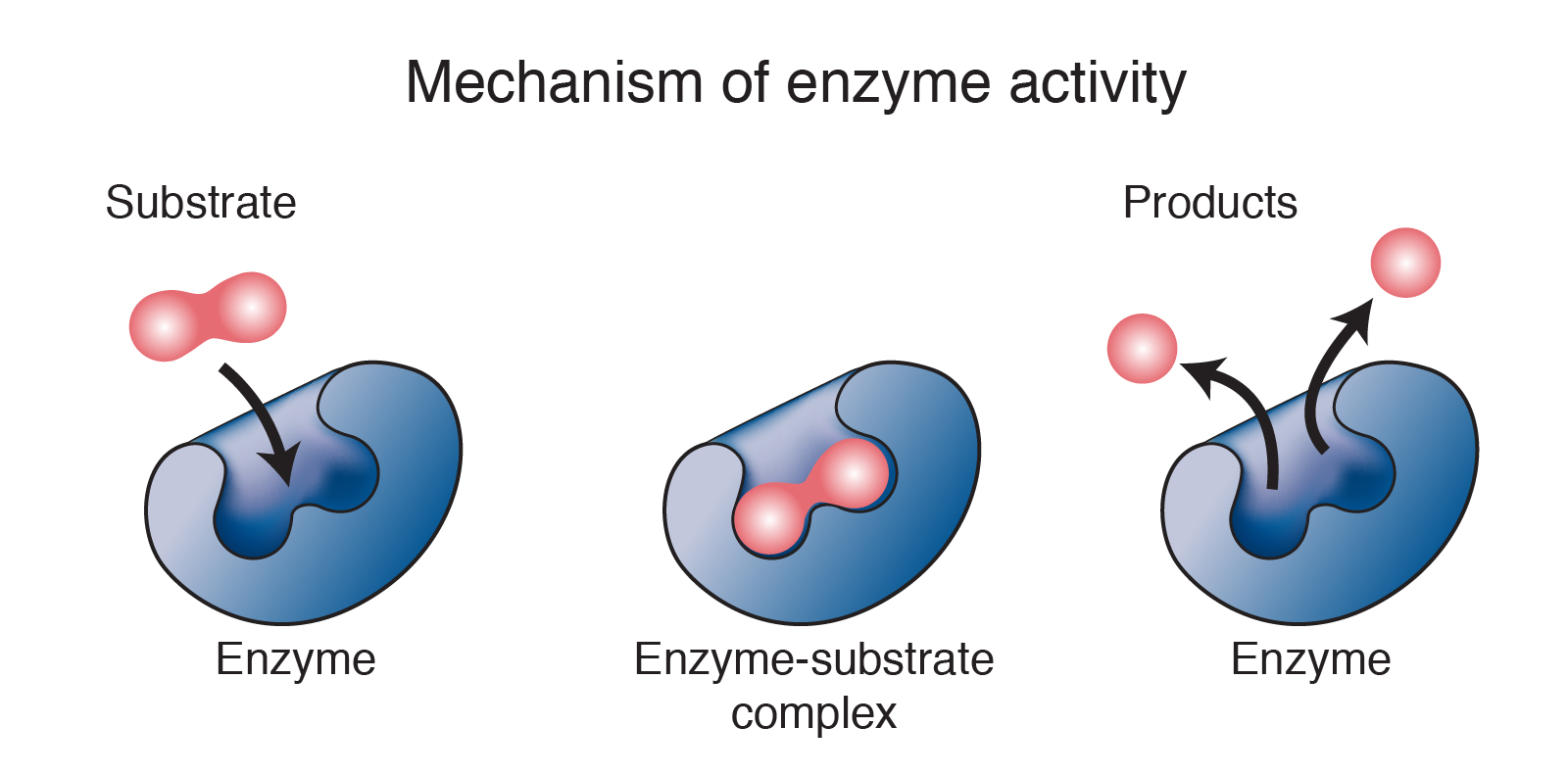Explain Why Organisms Need Enzymes To Survive

Imagine a bustling city, its streets teeming with activity. Construction crews are erecting buildings, delivery trucks are ferrying goods, and communication lines are buzzing with information. Now, imagine this city grinding to a halt – the workers disappear, the trucks stop moving, and the lines fall silent. This standstill is akin to what would happen within our bodies without the tireless work of enzymes.
At the heart of every living organism, from the smallest bacterium to the largest whale, lies a complex network of biochemical reactions that keep us alive. This article delves into the critical role enzymes play in facilitating these reactions, explaining why they are absolutely essential for survival. Without these biological catalysts, life as we know it would simply cease to exist.
The Biochemical Orchestra: Understanding Cellular Processes
Life is essentially a continuous series of chemical reactions. These reactions, which include everything from digesting food to synthesizing DNA, need to occur at a rate fast enough to sustain life.
Many of these reactions, however, are incredibly slow under normal conditions. They require a significant amount of energy to get started, much like pushing a boulder uphill.
Enzymes are the unsung heroes that make these reactions happen quickly and efficiently. They act as catalysts, substances that speed up chemical reactions without being consumed in the process. Think of them as skilled facilitators, lowering the energy barrier and enabling reactions to proceed swiftly.
Enzymes: The Master Keys to Biological Reactions
Enzymes are primarily proteins, complex molecules with intricate three-dimensional structures. This structure is crucial to their function. Each enzyme possesses a specific region called the active site, a uniquely shaped pocket that perfectly fits a particular molecule, known as the substrate.
This lock-and-key mechanism ensures that enzymes only interact with specific molecules, preventing unwanted reactions and ensuring precision within the cell.
When a substrate binds to the active site, the enzyme facilitates the reaction, transforming the substrate into a product or products. Once the reaction is complete, the enzyme releases the product and is ready to catalyze another reaction.
Why Enzymes Are Indispensable: A Matter of Speed and Efficiency
Without enzymes, many biochemical reactions would occur far too slowly to support life. Consider the digestion of food. We consume complex carbohydrates, proteins, and fats, but our bodies cannot directly absorb these large molecules.
Enzymes like amylase, protease, and lipase break down these molecules into smaller, absorbable units like glucose, amino acids, and fatty acids, respectively. This process, which would take years to occur naturally, is completed in a matter of hours thanks to these enzymes.
Dr. Emily Carter, a leading biochemist at the National Institutes of Health (NIH), explains it this way: "Enzymes increase the rate of reactions by factors of millions or even billions. Without them, metabolic processes would be too slow to sustain life. It's like trying to run a marathon in slow motion; you'd never reach the finish line."
The Cascade of Life: Enzymes in Action
The roles of enzymes extend far beyond digestion. They are involved in virtually every biological process imaginable. Enzymes are crucial for DNA replication, ensuring the accurate copying of genetic information during cell division.
They play a pivotal role in energy production, converting nutrients into usable energy in the form of ATP. They are also vital for detoxification, breaking down harmful substances and eliminating them from the body.
Hormone production, muscle contraction, nerve impulse transmission – the list goes on and on. Every aspect of our physiology relies on the precise and coordinated action of enzymes. A disruption in enzyme function can have devastating consequences.
Enzyme Deficiencies: When the System Falters
Genetic mutations can sometimes lead to enzyme deficiencies, where an individual lacks a functional enzyme or produces it in insufficient quantities. These deficiencies can result in a wide range of disorders, depending on the enzyme affected.
Phenylketonuria (PKU), for example, is a genetic disorder caused by a deficiency in the enzyme phenylalanine hydroxylase, which is needed to break down the amino acid phenylalanine.
If left untreated, phenylalanine can build up to toxic levels in the body, causing brain damage and intellectual disability. Another example is lactose intolerance, caused by a deficiency in the enzyme lactase, which breaks down lactose, the sugar found in milk.
These examples highlight the critical importance of enzymes for maintaining health and preventing disease. They underscore the intricate balance within our bodies and the delicate interplay of biochemical processes.
Factors Affecting Enzyme Activity: A Delicate Balance
Enzyme activity is not constant; it is influenced by a variety of factors, including temperature, pH, and the presence of inhibitors or activators. Most enzymes have an optimal temperature at which they function best. High temperatures can cause enzymes to denature, losing their shape and function.
Similarly, enzymes have an optimal pH range. Extreme pH levels can disrupt the enzyme's structure and impair its catalytic activity. Inhibitors can bind to enzymes and reduce their activity, while activators can enhance it. This delicate balance is essential for regulating metabolic pathways and maintaining cellular homeostasis.
The study of enzymes, known as enzymology, is a vibrant field of research with far-reaching implications. Scientists are constantly discovering new enzymes and elucidating their roles in various biological processes.
Enzymes in Industry and Medicine: Harnessing Nature's Power
Enzymes are not just important for life; they also have numerous industrial and medicinal applications. In the food industry, enzymes are used to improve the texture, flavor, and shelf life of various products.
In the textile industry, enzymes are used to bleach fabrics and remove stains. In medicine, enzymes are used in diagnostic tests to detect diseases and monitor patient health. Enzymes are also being explored as therapeutic agents for treating various conditions.
For instance, streptokinase, an enzyme produced by streptococcal bacteria, is used to dissolve blood clots in patients with heart attacks and strokes. The potential applications of enzymes are vast and continue to expand as our understanding of these remarkable molecules deepens.
Looking Ahead: The Future of Enzymology
As we continue to unravel the complexities of the enzymatic world, we are gaining new insights into the fundamental processes of life. This knowledge is paving the way for innovative solutions to some of the world's most pressing challenges, from combating disease to developing sustainable technologies.
Enzyme engineering, for example, is a promising field that aims to design and create enzymes with novel functions or enhanced properties. This could lead to the development of enzymes that can efficiently break down pollutants, produce biofuels, or even cure genetic diseases.
The future of enzymology is bright, filled with possibilities that could transform our lives in profound ways. Enzymes are the catalysts of life, and their story is far from over.
From the simplest cellular processes to the most complex physiological functions, enzymes are the indispensable workforce that keeps the machinery of life running smoothly. Without them, life as we know it would be impossible. Their tireless work, often unseen and unappreciated, is a testament to the elegance and efficiency of the natural world.
So, the next time you think about the miracle of life, remember the enzymes, the microscopic heroes that make it all possible. They are a reminder that even the smallest things can have the biggest impact.
:max_bytes(150000):strip_icc()/what-is-enzyme-structure-and-function-375555_v4-6f22f82931824e76b1c31401230deac8.png)

















